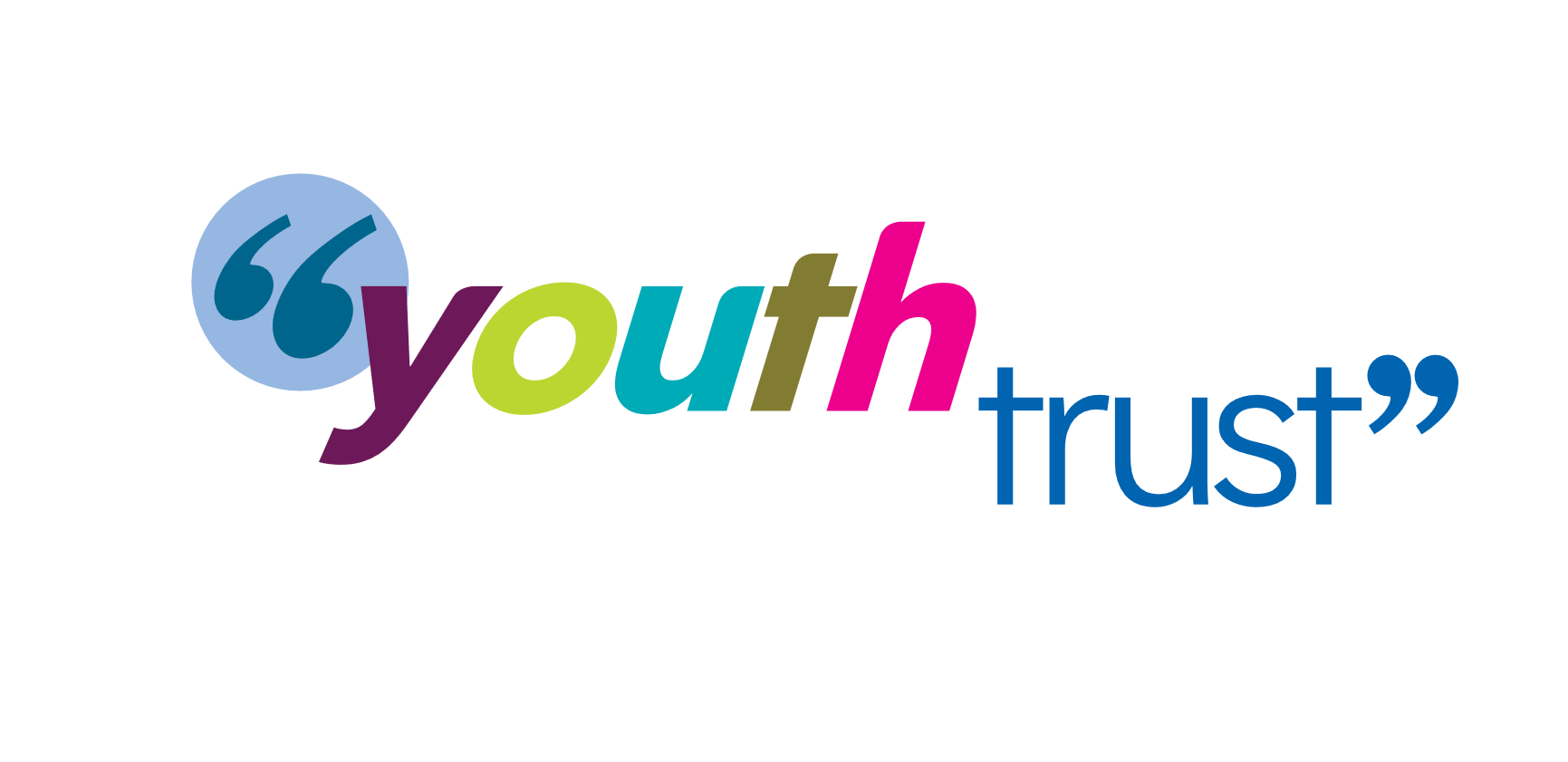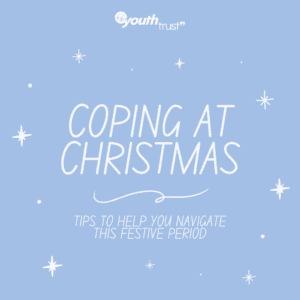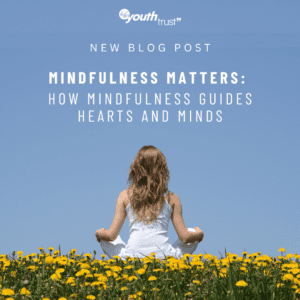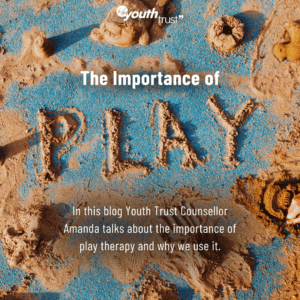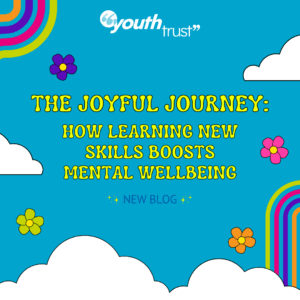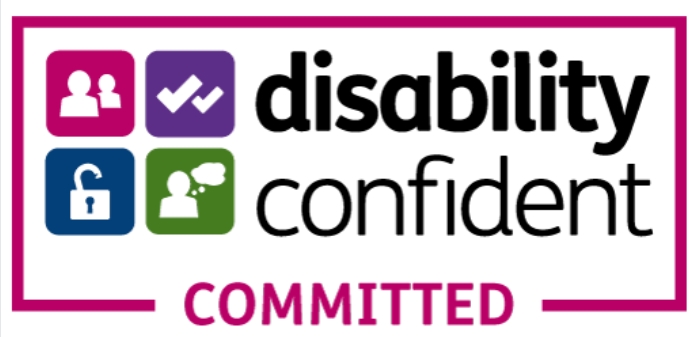Lockdown has presented many challenges and limitations that many of us would not have ever contemplated. For parents and carers, the challenges of managing home working or reduced working, while upholding schooling and family life, for example, can be tough.
During such a bizarre time, it can be difficult for all of us to understand what is happening. The disruption to routine and limitations on socialising can cause children to feel more anxious. The Youth Trust’s Candid Covid Survey found that the level of worry has increased in young people on the Isle of Wight significantly, compared to 2019.
While the challenges are real, there are still some things that parents, carers and families can do to help support children during this time.
STAYING CONNECTED
Having friends and regular peer interactions is a key component for children in developing crucial social and interpersonal skills. Peer interaction provides children with valuable learning opportunities as they can explore differences in opinions and thoughts with their peers. During the first lockdown, these kinds of interactions were more challenging to achieve. This time, with schools being open, most young people will have some social interaction, depending on their age, their regular engagement with school and whether or not they have to isolate at any point.
If you are in a situation where these interactions are limited, you may notice your young person starting to feel lonely, experience low moods and become more frustrated and anxious. There are some simple ways children and young people can maintain these friendships and feel connected, despite the challenges:
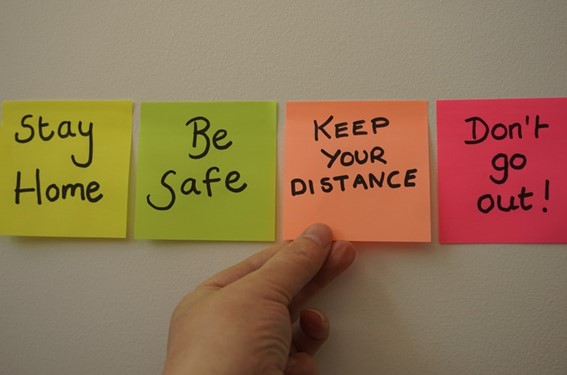
EXPLAIN THE SITUATION
Young people respond better when they understand what is happening and why. A useful way of explaining to children what they can and cannot do is to use the BBC Newsround website as it uses appropriate language and relevant material to explain what is happening. More detailed explanations about the current guidelines can be found on the GovUK website: https://www.gov.uk/government/publications/staying-alert-and-safe-social-distancing/staying-alert-and-safe-social-distancing#meeting-family-and-friends.
STAY IN TOUCH
With the help of technology, children can now phone, video call, email and message their friends throughout lockdown. Although this is not the same as seeing someone in ‘real life’ it can be a way for children to stay connected from a distance and maintain friendships. This will be particularly useful for cases when young people are unable to attend school.
For many parents and carers, internet use can cause some anxiety around cyber safety. Risks such as access to inappropriate content and cyber-bullying are a reality and it is important be aware of these issues so that we can minimise risk.
STAY SAFE ONLINE
Useful tips can be found on the NSPCC website as they provide advice for parents and carers on how to talk about internet safety and how to put internet safety measures in place, including looking at adding parental controls to the internet server and to devices. Parental controls can also enable time limitations on devices so children do not end up spending the whole day lost on the internet.
GET CREATIVE
If seeing friends through school, or contacting through the internet is not an option, children can write letters or draw pictures to post to their friends and family. This can be a fun way for them to maintain friendships and feel connected to other children within the community. Additionally, it can be a way for children to improve their handwriting and writing skills whilst also developing a stronger self-esteem and creating closer relationships. There is also the delight of receiving post! If they are lacking motivation and enthusiasm for writing, it may be a good idea to present them with special letter writing paper and their own pens as a way of encouraging them.
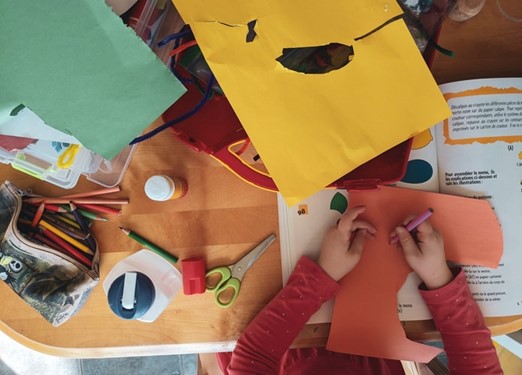
RESOURCES & IDEAS
There are many resources available to help children understand what is happening and help them express how they feeling. Children can find it hard to find the right words for how they are feeling so they may need a little help. There are many resources available that can help children during lockdown, here are some examples:
The News
Children are very impactable and hearing about what is going on in the world can be anxiety inducing, as it is for all of us. It is good to remain mindful of this and refrain from having the news on when children are present and considering how we discuss some of the more difficult aspects of the news around our children. If they want to know what is happening in the world, BBC’s Newsround can be useful as it is delivered in age appropriate way.
Books
‘The Invisible String’ by Patrice Karst
This book aims to help children experiencing separation anxiety, loss, loneliness and grief and is appropriate for children aged 4 years and above. There are also Youtube videos available about this book so you can check whether it is appropriately suited to your child.
‘Ruby’s Worry’ by Tom Percival
This book is great for starting and opening communication about worries. Through story form, it shows how it is normal to worry about things and how talking about these worries can help make them get smaller or even disappear.
Take Time to talk
Take some time to discuss with your child what is going on and work through any worries or anxieties they may have. It is important to reassure them by being there for them and giving them the space and time to talk to you. Some children may not like sitting down to chat so it may be an idea to do an activity together (like drawing, cooking or going for a walk) as this can help reduce their anxiety levels.
Mindful Colouring
There are printable pages of mindful colouring available on the internet as well as many colouring books. Research has shown that mindful colouring can help decrease anxiety and stress in children and distract them from focusing on worries. It can be used as a coping strategy and relaxation technique and is also something that adults and children can do together.
Keeping a Journal
This can be used with all ages and is a useful way of helping children and young people express themselves and put words to what they are feeling. It doesn’t necessarily have to be words either, it can a creative journal where a child or young person can draw what they are feeling and create something of significance to them.
The Happyself Journal
If having a notebook of blank pages is too daunting, then this form of journal keeping is perhaps better suited. This journal is aimed at 6-12 years and is a daily journal for children to reflect on their emotions and feelings. It promotes self-awareness and helps children develop self-care habits whilst also improving their emotional vocabulary. Various activities are suggested for each day, all aimed at promoting positive mental health in children.
TAKE CARE OF YOURSELF
Care givers have a lot to deal with at the best of times add in a global pandemic and we’re all under added pressure. Its important to practice self-care and ask for help if you need it. This will not only allow you to be the best parent/carer you can be but will also teach your children that it’s okay not to be okay, and that its important to look after yourself and ask for help – doing so demonstrates courage and strength.
This blog has looked at ways to support younger children through this difficult time. For parents and carers looking for information on how to support teenagers, this blog from UNICEF may be useful further reading.
Disclaimer: Links contained in this post are provided as a convenience and for informational purposes only; they do not constitute an endorsement or an approval by the Isle of Wight Youth Trust of any of the products, services or opinions of the corporation or organisation or individual. The Isle of Wight Youth Trust bears no responsibility for the accuracy, legality or content of the external site or for that of subsequent links. Contact the external site for answers to questions regarding its content.
